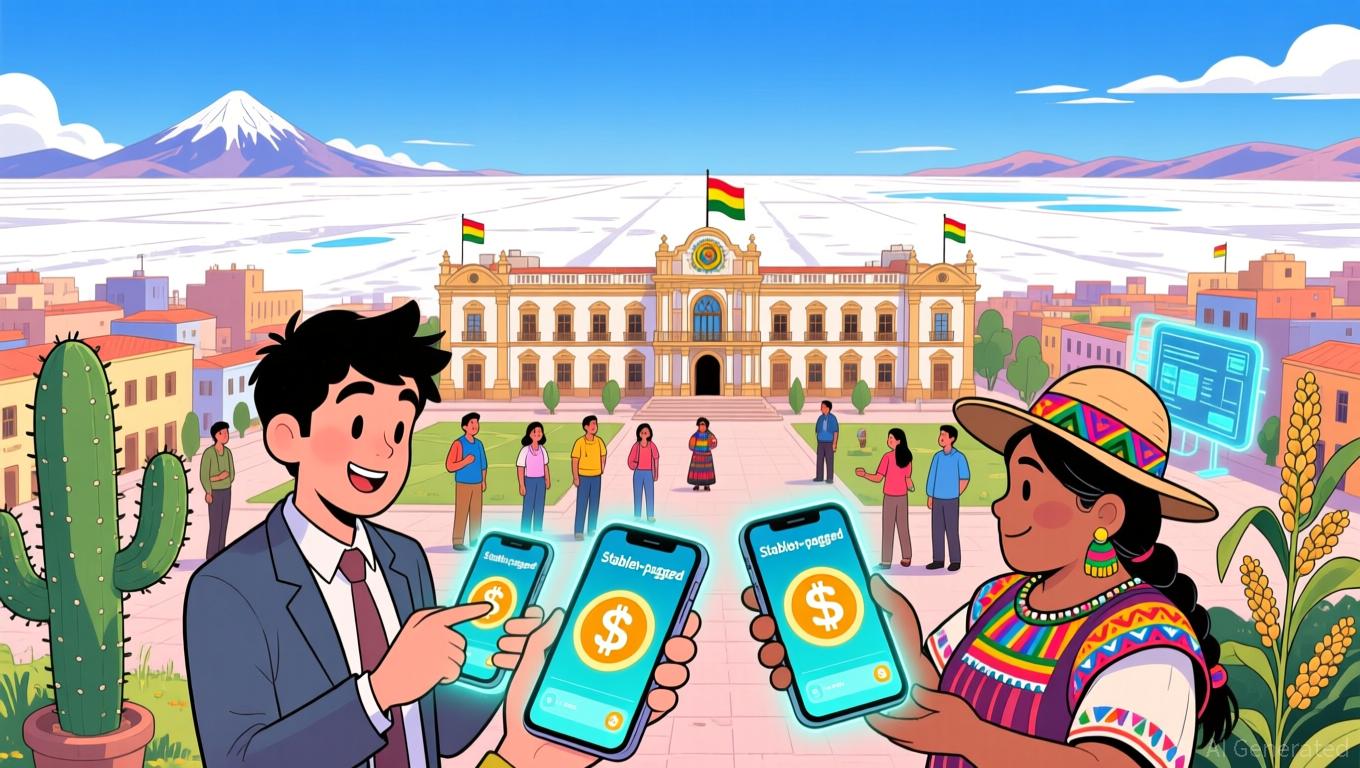Enso gives Monad a running start with day-one DeFi toolkit
Enso, a platform that streamlines the work of connecting DeFi protocols, will support the launch of the Monad mainnet on November 24. The integration means developers building on Monad will have immediate access to tools for creating applications across trading, lending, bridging, stablecoin minting, and more.
- Monad is set to debut its high-speed Layer-1 blockchain on November 24, and it won’t be doing it alone.
- Enso — a developer tooling platform known for collapsing complex integrations into simple API calls — will plug into Monad from the moment the network goes live.
- The move strips out much of the grunt work that usually slows early-stage blockchain ecosystems.
Monad’s new Layer-1 and its native $MON token are built for high throughput, aiming to compete in areas like DeFi where speed and low latency matter. Enso’s early support will let builders put assets — including $MON — to use immediately, instead of waiting for infrastructure to be assembled after the chain comes online.
Developers typically need to manually integrate every protocol they want to work with, a time-consuming process that can leave new networks without functional apps for weeks. Enso’s “shortcuts” compress that work into a single API layer, allowing teams to deploy everything from liquidity aggregators to cross-chain lending tools much faster.
Through one Enso integration, Monad builders gain access to a broad set of actions — swaps, bridges, deposits, mints, and zaps — without having to write custom routing logic for each. The goal is to streamline early development so applications can focus on user experience rather than plumbing.
“Supporting Monad from day one reflects exactly what Enso was built for: giving builders immediate access to the liquidity and tooling they need to ship valuable products,” Enso co-founder Milos Costantini said. “With Enso plugged into Monad at launch, teams can start creating sophisticated DeFi flows instantly, from swaps and lending to cross-chain markets”. We’re excited to help Monad go live with full utility in place to accelerate the growth of its onchain economy.”
The early traction of new networks often hinges on launch liquidity and the availability of developer tools, and Enso’s deployment gives Monad both from the outset.
The move also comes during a year of blockbuster blockchain developments: EigenLayer’s expansion , Solana’s continued surge in validator activity , and the launch of several major AI-integrated chains have raised expectations for what a modern network should offer at genesis.
Monad’s decision to go live with full tooling in place signals that new chains in 2025 are competing not just on tech — but on how quickly real apps can take shape.
Disclaimer: The content of this article solely reflects the author's opinion and does not represent the platform in any capacity. This article is not intended to serve as a reference for making investment decisions.
You may also like
Bolivia Turns to Stablecoins to Address Inflation and Currency Instability
- Bolivia legalizes stablecoin integration into banking , allowing crypto-based accounts and loans to combat inflation and currency devaluation. - Crypto transaction volumes surged 530% in 2025, driven by $15B in stablecoin use as businesses adopt USDT for cross-border payments. - Policy mirrors regional trends, with stablecoins recognized as legal tender to stabilize the boliviano amid 22% annual inflation and dollar shortages. - Challenges include AML safeguards, tax frameworks, and public trust, as regu

Bitcoin Updates: Bitcoin's Decline Sparks Altcoin Battle: ADA's $0.43 Support Faces Pressure
- ADA holds $0.43 support as Bitcoin’s seven-month low of $80,000 pressures altcoin market volatility. - Altcoin fragility stems from Fed’s high-rate signals, reduced institutional inflows, and technical breakdowns in key resistance levels. - Bitcoin’s $90,000 support breach triggered cascading liquidations, while ADA’s $0.43 level shows increased on-chain accumulation. - Infrastructure innovations like GeekStake’s staking protocol aim to stabilize networks during volatility without price forecasts. - Mark

Bolivia’s Digital Currency Bet: Navigating Volatility with Stable Solutions
- Bolivia's government permits banks to custody cryptocurrencies and offer crypto-based services, reversing a 2020 ban to combat inflation and dollar shortages. - Stablecoin transactions surged 530% in 2025, with $14.8B processed as Bolivians use USDT to hedge against boliviano depreciation (22% annual inflation). - State-owned YPFB and automakers like Toyota now accept crypto payments, while Banco Bisa launches stablecoin custody to expand financial inclusion for unbanked populations. - The policy faces c

Switzerland's Postponement of Crypto Tax Highlights Worldwide Regulatory Stalemate
- Switzerland delays crypto tax data sharing until 2027 due to ongoing political negotiations over OECD CARF partner jurisdictions. - Revised rules require crypto providers to register and report client data by 2026, but cross-border data exchange remains inactive until 2027. - Global alignment challenges exclude major economies like the U.S., China, and Saudi Arabia from initial data-sharing agreements. - Domestic legal framework passed in 2025, but partner jurisdiction negotiations delay implementation u

